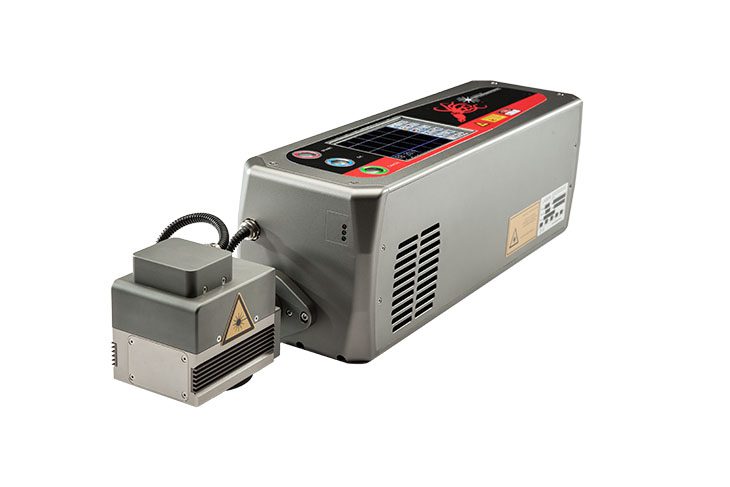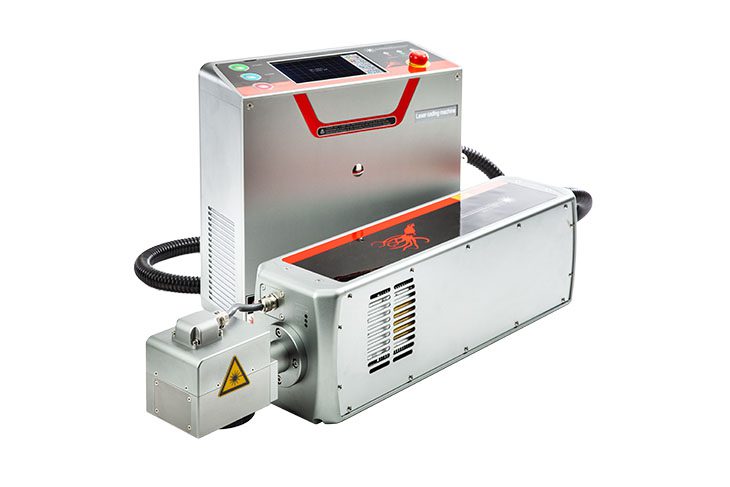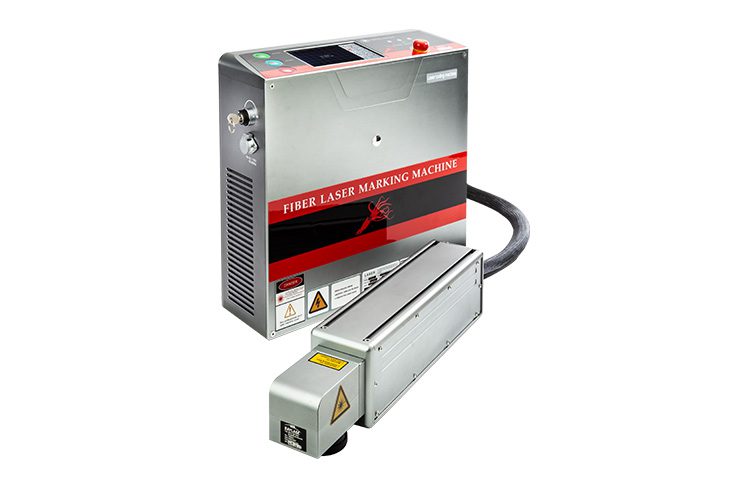Laser Coding 101
What Is Laser Coding?
Laser coding technology is a popular non-contact option for permanent, high-quality coding. Laser systems are great for permanent coding of text, time and date, bar codes, serial numbers and more. This technology is an ideal coding alternative where continuous inkjet (CIJ) printing systems are not practical.
Laser technology offers many benefits versus other coding systems. With the ability to create high-quality, permanent discrete marks, a laser code is ideal for applications where presentation is important. Laser systems do not require the purchase of ink or consumables to code a product, resulting in a low cost of ownership and reduced maintenance and downtime over the lifespan of the system. The lack of ink and other fluids make laser coding systems an environmentally friendly option for manufacturers needing to mark their products.
There are a few different ways laser coders can mark a surface, two of them being ablation and engraving. Ablation is when a layer of material is removed, such as a layer of ink on a printed package. The amount removed is dependent on the energy the laser emits and is done without engraving into the surface. This type of marking is typically done with CO2 laser coding systems. Engraving uses a beam of energy from the laser to etch or melt a fine groove into the substrate. CO2 and fiber laser systems both produce a permanent and clean mark on a variety of substrates.
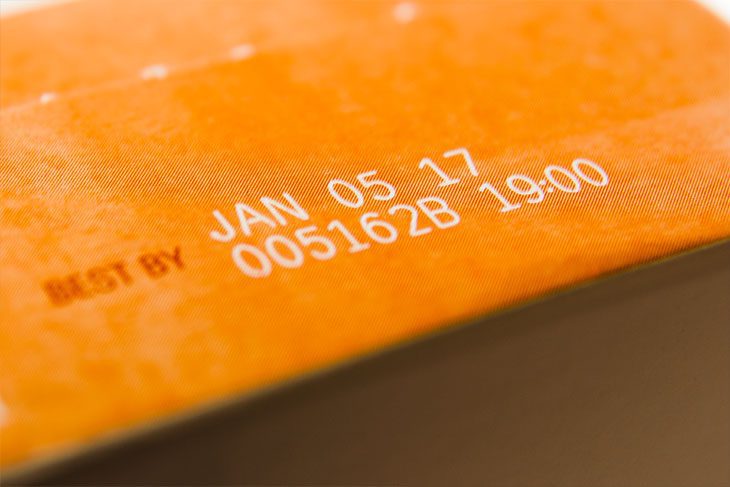
Laser Ablation Mark
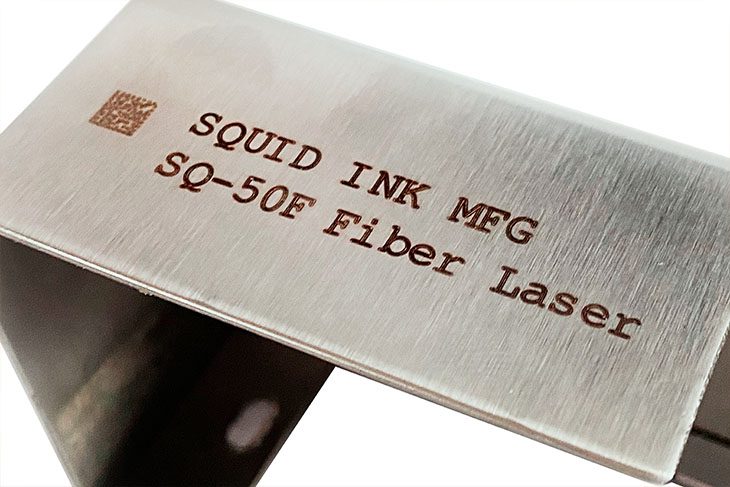
Laser Engraving Mark
Types of Laser Coders
There are two main types of laser coders, CO2 lasers and fiber lasers. The correct laser technology is dependent on the application and the substrate. CO2 lasers use electrically stimulated carbon dioxide which creates high quality and high-intensity beam. This type of laser has been around for a long time and is widely used by businesses for its efficiency and broad system capabilities.
A CO2 laser, like Squid Ink’s SQ-10 and SQ-30 lasers, can permanently mark onto paper, cardboard, plastic, glass, and many other substrates. These lasers are great for beverage industries where codes are discretely marked on glass bottles. CO2 lasers also work well with thicker materials and leave the surface of the product with a smooth finish.
Another type of laser for marking a variety of substrates is the fiber laser. Fiber lasers, like Squid Ink’s SQ-50F, mark with higher intensity than a CO2 laser, which is great for marking ceramics, plastics, matte metals, rubbers, composite material, and more. Instead of gas, fiber lasers use an optical fiber to laser, which allows for a greater number of substrates that can be marked, like metals and several different plastics.
Do you have an application for Squid Ink’s family of laser systems? To learn more about the laser coding technologies that Squid Ink offers, visit our product pages and view our full selection of equipment to help you mark on your products!

